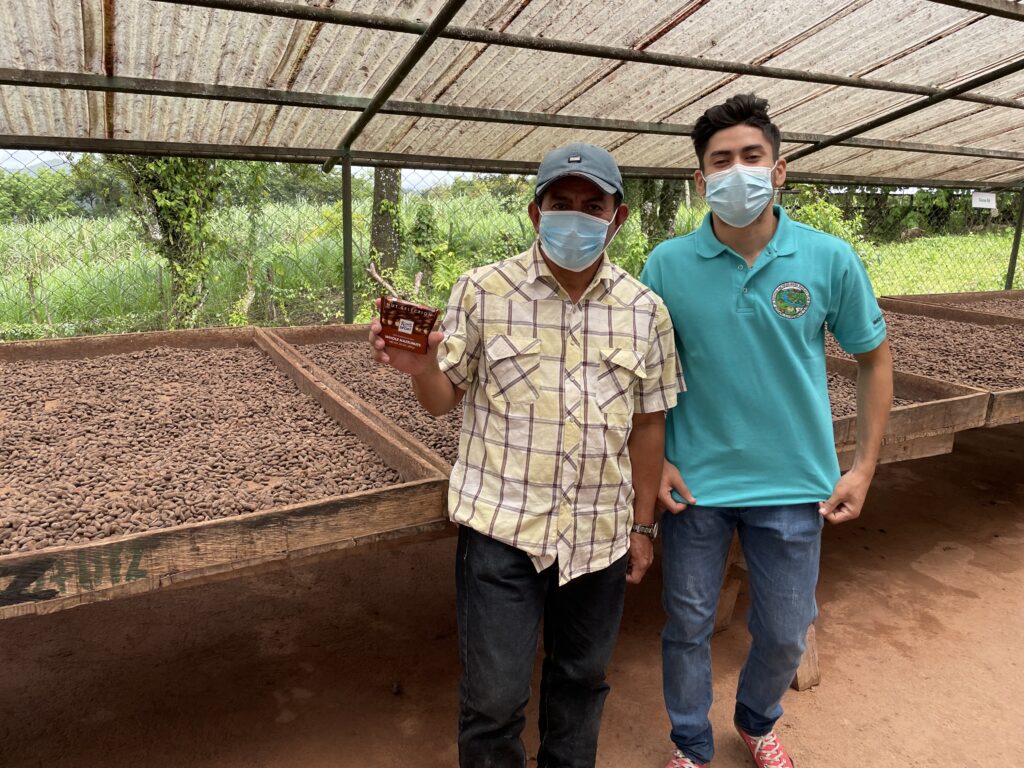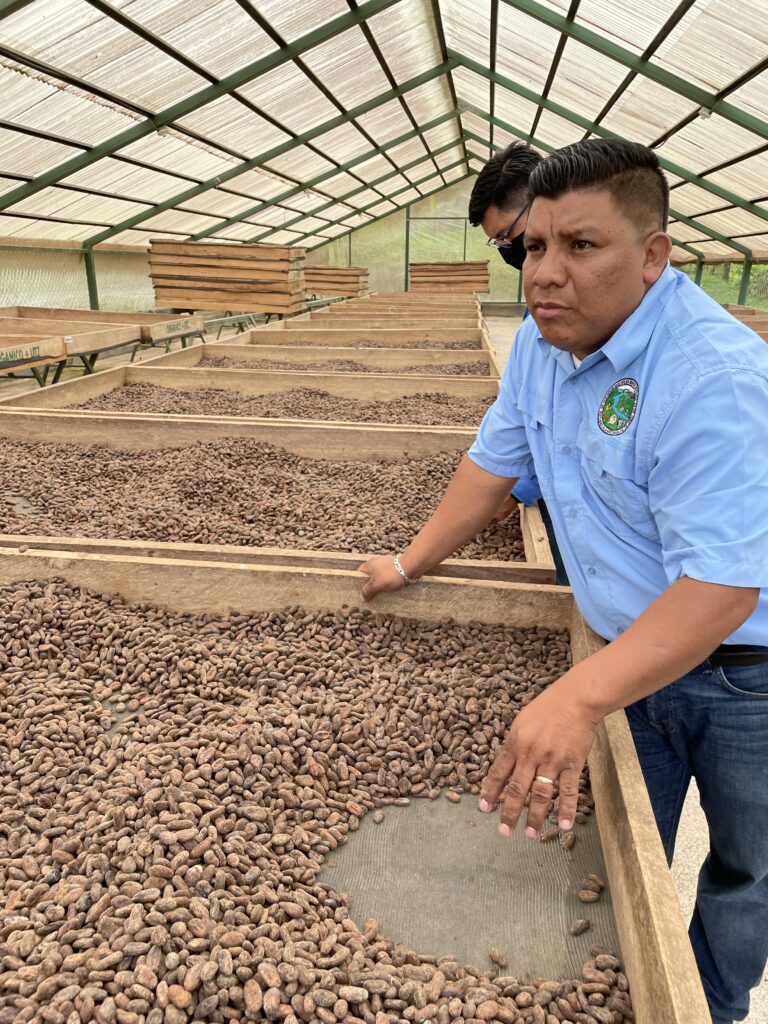Agriculture and trade & finance have a necessary but strained relationship. This is not surprising since trade and finance are dynamic, short-cycle, growth-oriented ventures, whereas farming the land to produce food, fiber, and fuel is arduous labor that requires patience in return for incremental gains. In farming, the next drought, pest outbreak or bad harvest is always lurking just beyond the horizon. Despite the very real challenges, those of us who have chosen to dedicate our lives to agricultural pursuits—I spent years working livestock on ranches and now support agribusinesses with technical assistance and capital—appreciate the romantic side of this noble vocation, usually practiced in idyllic, rural regions. As a group, farmers have to strike that balance of producing the world’s food while serving as stewards of the natural beauty and finite resources of our shared home. Even in an increasingly urbanized world, where there are ever more miles between farm and table, demand for food continues to grow (expected to increase by 70% by 2050); and smallholder farmers remain largely responsible for the dual priorities of feeding us and caring for the land.
Smallholder farms (less than 2 hectares in size) are essential to global food and beverage production. Experts estimate that most 475 million (84%) of the world’s 570 million farms are smaller than 2 hectares in size.[1] These small family-run farms produce about a 1/3rd of the global food supply, and if we include family farms up to 5 hectares in size (12.4 acres) into the equation -still pretty small- then they produce close to half (46%) of the world’s food supply.
About 2 billion humans strive to make a living off of these 475 million small, family farms, producing grains and vegetables, dairy and meat, cocoa and coffee. These food and beverage products are processed, traded, shipped, packaged, and retailed. Value is captured, in an uneven manner, along the supply chain. These products ultimately end up in cafes, restaurants, and supermarkets across the world. However, the “paradox,” in the words of Pope Francis, is “those who produce food are the ones who suffer from a lack of or scarcity of food.” Despite huge technological leaps forward -mechanization, synthetic fertilizers, improved seed, AgTech- that have benefited agricultural production, the paradox mentioned by the Pope still holds true for many farmers. This is because many of these technological advances have not yet reached the world’s smallholders. They don’t benefit from them. These same farmers also face powerful pressures outside of their control, like climate change, global market trends like the price of oil and shipping logistics, and unpredictable commodity prices. And yet despite these challenges, 2 billion individuals continue to make a living from farming, ensuring many of us -if unfortunately, not all- eat every day.
Given the magnitude and complexity of the effort to keep the planet fed, it should come as no surprise that agricultural production, and the agribusinesses which act as the critical link between smallholders and markets, have large financing needs. It also should come as no surprise, given some of the challenges I have outlined that the world of finance often casts a wary eye at agricultural businesses, preferring to invest its capital in safer and less volatile initiatives like construction, manufacturing, the provision of services or banking. A recent World Bank brief states: “Agriculture loans and investments portfolios currently are disproportionately low compared to the agriculture sector’s share of GDP.”[2]

However, what people may not fully appreciate is that beyond producing food, the agricultural sector in most countries also plays a central role in rural development, social stability, and environmental conservation. Low investment in this sector is not in the interest of the common good. So, let’s explore in greater detail what makes investing in agriculture unique and thus risky. I would like to posit that there are four key characteristics which make investing in agriculture, and especially smallholder agriculture, a unique proposition. These characteristics are:
- The outsized impact of climate patterns and weather on the bottom line.
- The vertical integration strategies* commonly employed in smallholder agriculture – think farmer-run cooperatives or outgrower/contract farming models.[3]
- A lack of expertise/specialization of financial institutions working with the agricultural sector.
- Policy challenges: a lot more eaters than producers/farmers vote.
A better understanding of each of these key characteristics of smallholder agriculture and agricultural value chains, especially in banking and investment circles, can undoubtedly lead to strategies and solutions – whether endogenous or exogenous – which will allow us to mitigate risk and increase investment in agriculture. In the next posts in this series, I will dive deeper into the first 3 characteristics, using examples from CRS/Isidro’s (www.isidrofund.org) work with agribusinesses.
*Vertical integration: In the best cases this improves coordination, but it also adds layers of complexity (production-processing-finance-logistics) and adds high transaction costs (aggregating the product and organizing all of those smallholder farmers) to business operations.



